In the scorching sun of midsummer
T-shirts are definitely a favorite clothing for men, women and children
It is said that annual sales around the world have reached billions
Everyone is familiar with T-shirts in life
So what is the definition of “T-shirt” in the eyes of Mr. Customs
Today , the editor will introduce this knowledge to you
1. Introduction to product knowledge
T-shirts are also called T-shirts, and their English name is: T -shirt.
1. The past and present life of “T-shirts”
1
17th century
Unloading tea leaves in Annapolis, Maryland, USA Docker workers all wear this kind of short-sleeved shirt. People abbreviate “Tea” to “T”, which means T-shirt.
2
In the early 20th century
T-shirts were originally underwear worn by workers who did heavy physical work. T-shirts appeared in product catalogs of clothing companies. Just marketed as underwear.
3
1930
People have begun to try to wear T-shirts outside. This is what people hear as “sailor shirts”. Sailors Wear a T-shirt and go sailing.
4
In the 1950s and 1960s
In order to pursue comfort and casualness, the functionality and categories of clothing became blurred, resulting in the emergence of casual clothing. Clothing, including T-shirts, is also called “cultural shirt” in daily life.
5
In the 1970s
The large-scale popularity of T-shirts began.
6
From 1975 to present
It is reported that 48 million printed T-shirts have flooded the clothing market of various sizes in the United States, and in the following years maintained this momentum.
2. Common fabrics for “T-shirts”
|
Fabric name |
Fabric Features |
|
100% cotton |
This is a more commonly used T-shirt fabric, very cost-effective, and pure cotton Superior natural properties, good breathability and moisture absorption. |
|
Cotton+polyester |
The advantage is that it has good wrinkle resistance and is not easy to deform; the disadvantage is that it is easy to fluff, and it is added twice Dyeing makes the fabric feel harder. |
|
Cotton + Lycra (high-quality spandex) , also known as Lycra cotton |
It feels good, relatively close to the body, and highlights the figure. It is elastic, especially suitable for close-fitting clothing, but this fabric must be pre-shrunk. |
|
Mercerized cotton |
It not only completely preserves the excellent natural characteristics of raw cotton, but also has a silky luster and a fabric feel. Soft, moisture-absorbent and breathable, with good elasticity and drape. |
|
Nylon |
Excellent durability, smooth surface and gentle resistance to alkali and chlorine bleach Excellent resistance, easy to wash, quick to dry, and not easy to wrinkle. Not afraid of moths and mildew. The disadvantages are that it does not absorb water, is prone to static electricity, and has very poor resistance to sunlight. |
2. “T-shirts” in the eyes of Customs Sir
In the “Import and Export Tariffs of the People’s Republic of China” The definition of “T-shirt” in the “Tariff Code” (hereinafter referred to as the “Tariff Code”) is different from consumers’ understanding. “T-shirt” in the “Tariff Code” refers to pull-over lightweight knitted or crocheted underwear-like lightweight clothing. Made of non-fleece, cut pile or terry fabrics woven from cotton or chemical fibers, available in single or multi-color, with or without pockets, with tight-fitting long sleeves or short sleeves, no collar, no buttons, and no door at the collar The placket has a high or low opening (round, square, boat or V-shaped neckline), and its hem is usually hemmed. Excludes garments with drawstrings, ribbed waistbands, or other means of tightening the hem. (See Figure 1)
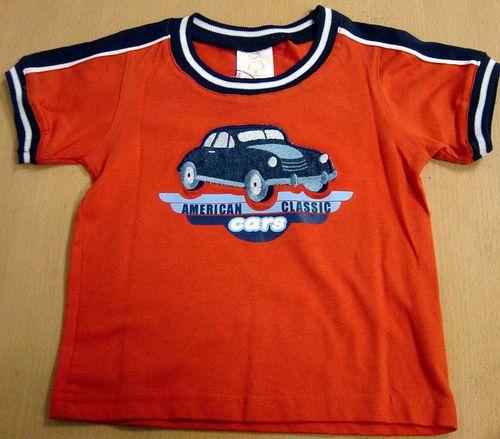
Figure 1
Clothes that meet the above description are called “T-shirts” in the “Import and Export Tariffs”. Commonly confused clothes are as follows: Several types:
Example 1: “POLO shirt”
POLO shirt, also called polo shirt, is a pullover knitted short-sleeved shirt, usually made of thin pure cotton or polyester. / Sewn from cotton weft-knitted fabrics, the collar styles include round collar, sailor collar and pointed collar, etc., with open or semi-open front. Originally a garment worn by British polo players, it is now often worn as a lightweight sports undershirt. If the POLO shirt has a collar, it should be classified as a shirt (see Figure 2); if it has no collar, no placket, and the hem is not tightened, it should be classified as a T-shirt.
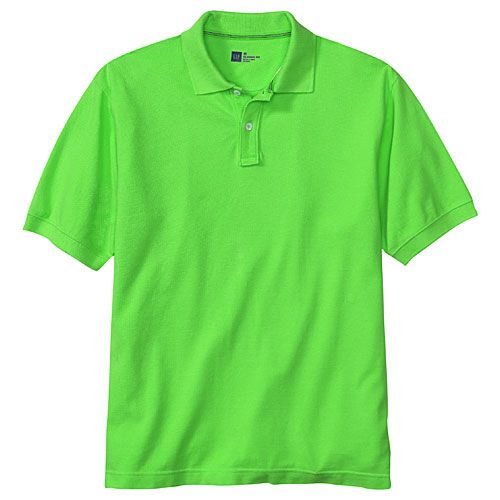
Picture 2
Example 2: Short-sleeved shirt with placket and buttons
This product is 100%�Fiber knitted fabric is used as the fabric, without collar, with placket and buckle.
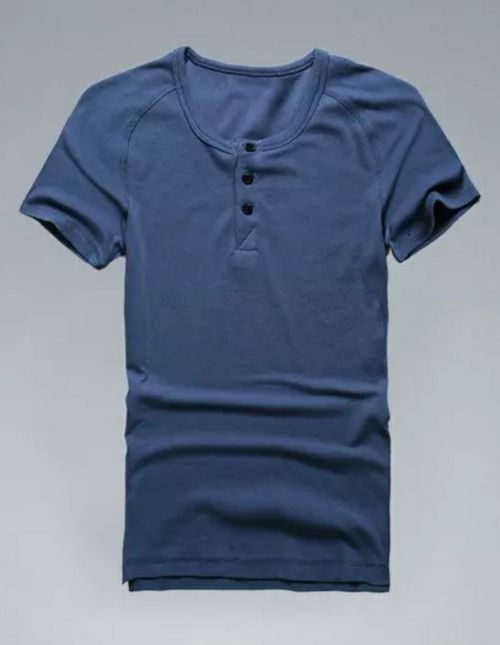
Picture 3
Judging from the fabric of the clothing, the clothing is made of knitted fabric; judging from the style of the product, it is collarless, has a placket, and Clothing with buckles does not meet the style definition of a T-shirt. Therefore, it cannot be classified as a T-shirt, but as a pullover. (See Figure 3)
Example 3: Knitted sweater with tightened hem
This product contains 30% cotton fiber and 70% viscose fiber. The item is cinched at the bottom and extends past the hips, so it can be worn outside.
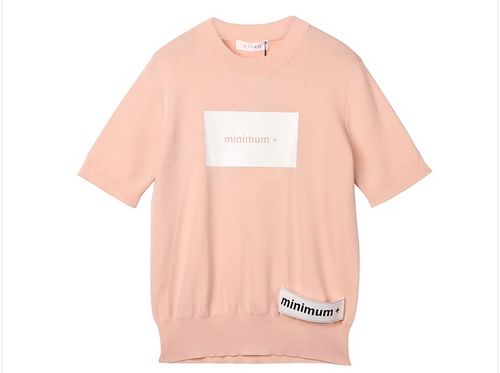
Picture 4
Looking at the fabric of the garment, since it is made of knitted fabric, the product is tightened at the bottom and is longer than the hips. It can be worn out, so it cannot be used as a T-shirts are classified as dresses. (See Figure 4)
3. Class Quiz
I don’t know if you understand the above introduction
Now, the editor will give you a test
Please look for the following pictures
Which ones should be classified as “T-shirts”
And which ones are not?
“Find the difference”↓
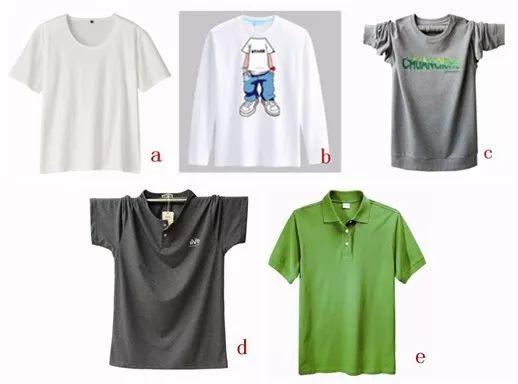
Click on the blank area below to view the answer
▼
The answer is revealed
The T-shirts that fit the description are pictures a and b
Point 1: tight-fitting long or short sleeves, no collar, no buttons, no placket on the collar, and high or low openings;
Point 2: Garments with drawstrings, ribbed belts or other cinching hems are not included.






